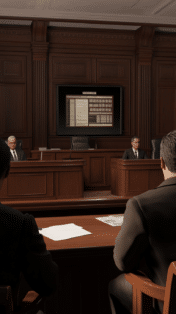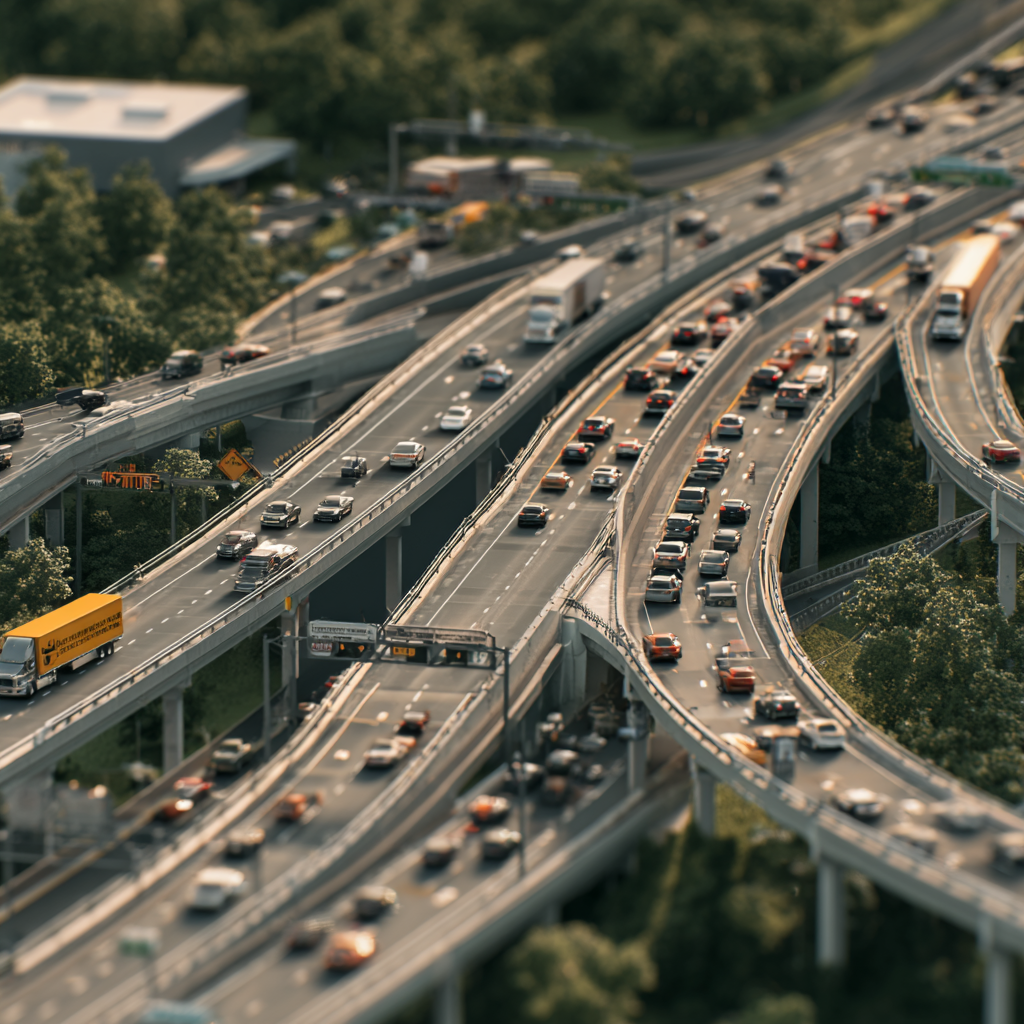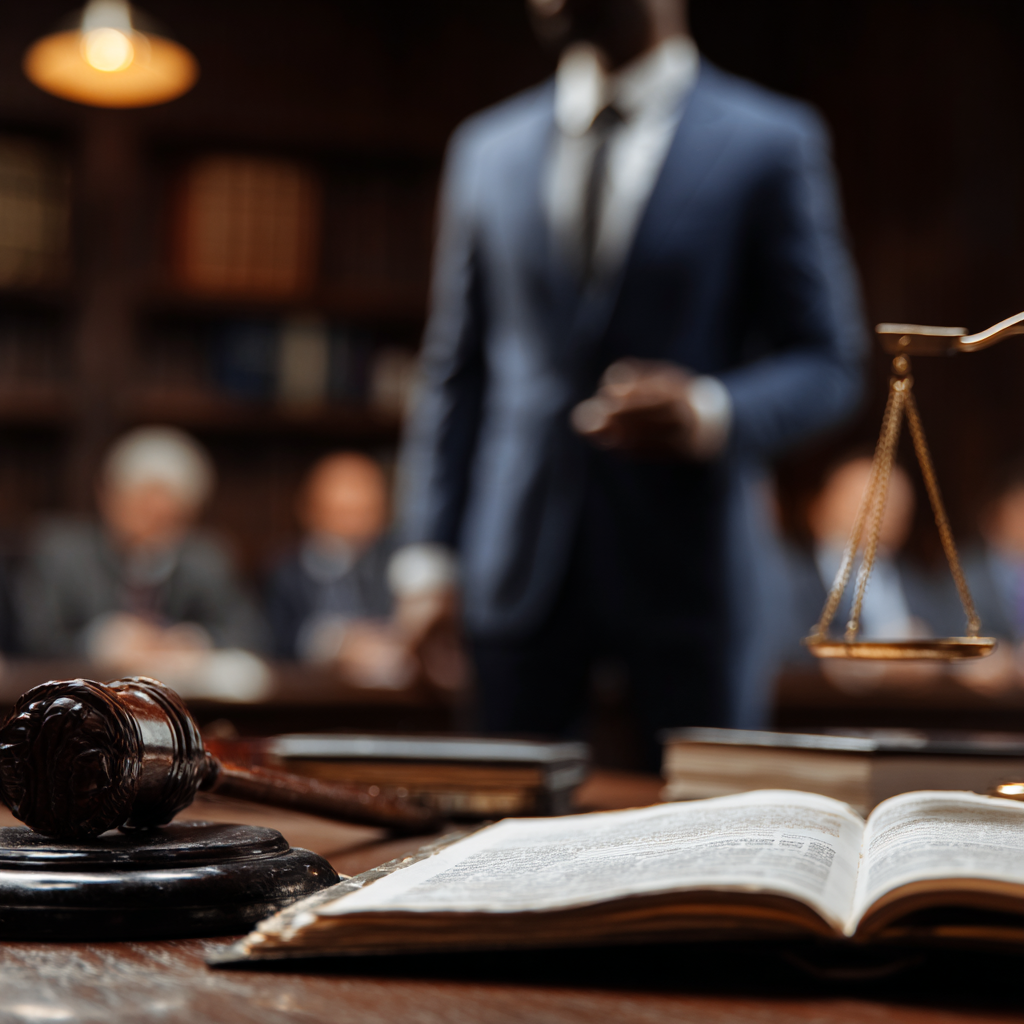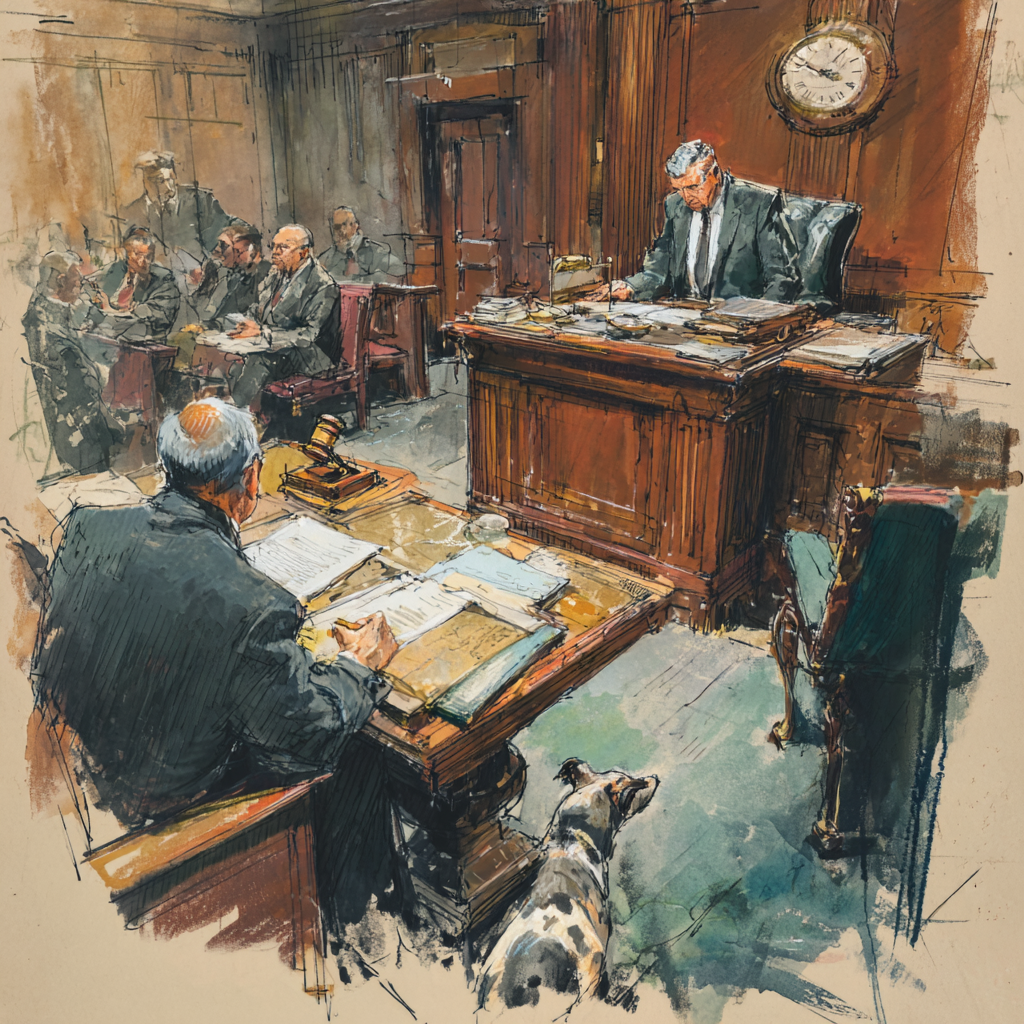 The simple act of glancing at a cell phone while driving can shatter lives in an instant. Distracted driving extends beyond phone use to include any activity that pulls attention from the road – whether adjusting the radio, eating, or letting thoughts wander. These momentary lapses carry devastating consequences, leading to serious accidents and complex injury claims that demand careful examination.
The simple act of glancing at a cell phone while driving can shatter lives in an instant. Distracted driving extends beyond phone use to include any activity that pulls attention from the road – whether adjusting the radio, eating, or letting thoughts wander. These momentary lapses carry devastating consequences, leading to serious accidents and complex injury claims that demand careful examination.
The Alarming Rise of Distracted Driving
Recent years have seen a steady climb in distracted driving incidents, tracking closely with increased smartphone adoption and technology integration in vehicles. The National Highway Traffic Safety Administration reports thousands of preventable deaths annually from distracted driving crashes. While mobile devices often take the blame, many factors can compromise a driver’s focus – from navigation systems and entertainment screens to animated conversations with passengers.
Real-world examples illustrate these dangers daily: A driver selecting music on their phone fails to spot a crossing pedestrian. Another motorist, absorbed in conversation, drifts lanes and triggers a collision. These aren’t hypothetical scenarios but regular occurrences that highlight how modern conveniences can make roads more dangerous.
The Legal Landscape
Laws targeting distracted driving vary significantly between states, particularly regarding mobile device use. Many jurisdictions have implemented outright bans on texting while driving and restrictions on handheld devices. Some states allow police to stop drivers solely for phone use (primary enforcement), while others require another violation first (secondary enforcement).
Take New York’s approach: The state maintains strict penalties for handheld phone use, including fines and license points. Yet enforcement poses persistent challenges. Officers often struggle to detect and prove distracted driving, especially with subtle device use. The rapid pace of technological change also creates gaps between existing laws and emerging distractions from new vehicle systems and applications.
Building a Strong Injury Claim
Victims of distracted driving accidents can pursue compensation for medical costs, lost income, suffering, and property damage. However, proving driver distraction requires substantial evidence. Successful claims must demonstrate that the driver:
– Had a duty to operate their vehicle safely
– Breached this duty through distraction
– Caused an accident through this breach
– Inflicted actual damages
The responsibility falls on the injured party to present compelling proof. Evidence often includes:
– Police reports
– Witness statements
– Phone records
– Vehicle computer data
– Traffic camera footage
Strong documentation strengthens the victim’s position significantly.
Common Hurdles in Distracted Driving Cases
Plaintiffs frequently encounter resistance when pursuing these claims. Drivers rarely admit to distraction and may misrepresent their actions to police. Insurance companies deploy various tactics to minimize payouts, such as:
– Arguing shared fault
– Disputing the extent of distraction
– Challenging injury severity
– Questioning medical expenses
These strategies can overwhelm victims already dealing with physical recovery and emotional trauma. Insurance adjusters work systematically to reduce settlements, making legal representation vital for protecting victims’ interests.
Technology: Both Problem and Solution
While technology contributes to distracted driving, it also offers potential remedies. Modern vehicles include monitoring systems that track driver behavior, detecting phone use and sudden braking. These tools can both alert drivers to dangerous habits and provide valuable accident data.
Yet these advances raise privacy concerns. Questions persist about data access and usage – particularly whether insurers should review this information to adjust premiums or evaluate claims. Future regulations must balance safety benefits against privacy rights as monitoring technology evolves.
Learning from Past Cases
Previous distracted driving cases provide valuable precedent. Consider a recent multi-car accident where phone records and witness accounts proved the driver was texting. Another notable case involved a GPS-distracted driver striking a pedestrian, establishing that any non-driving activity can constitute negligence. The Insurance Institute for Highway Safety offers further information on these types of accidents.
These examples stress the value of thorough investigation and evidence collection. They also demonstrate the serious consequences distracted drivers face, including substantial damage awards.
Prevention and Public Awareness
Legal accountability matters, but prevention saves lives. Organizations nationwide conduct educational campaigns about distracted driving risks through:
– School programs
– Public service announcements
– Community events
– Social media outreach
Local advocacy groups amplify these messages, fostering collective responsibility for road safety. Combined with enforcement, these efforts help create lasting behavioral change.
Moving Forward
Distracted driving poses a persistent threat requiring ongoing attention from legal, technological, and social perspectives. Victims deserve fair compensation, while all road users need protection from preventable accidents. Those harmed by distracted drivers should contact qualified legal counsel to protect their rights and navigate the claims process effectively. For more information on filing a claim, consult an attorney.
The Law Office of Jason Tenenbaum, P.C. represents victims of distracted driving accidents, fighting for appropriate compensation while providing steady guidance through legal proceedings. The firm recognizes these cases’ emotional and financial impact and stands ready to advocate for injured clients.
*Disclaimer: This article provides general information and should not substitute for legal advice. Consult an attorney about specific situations.*









